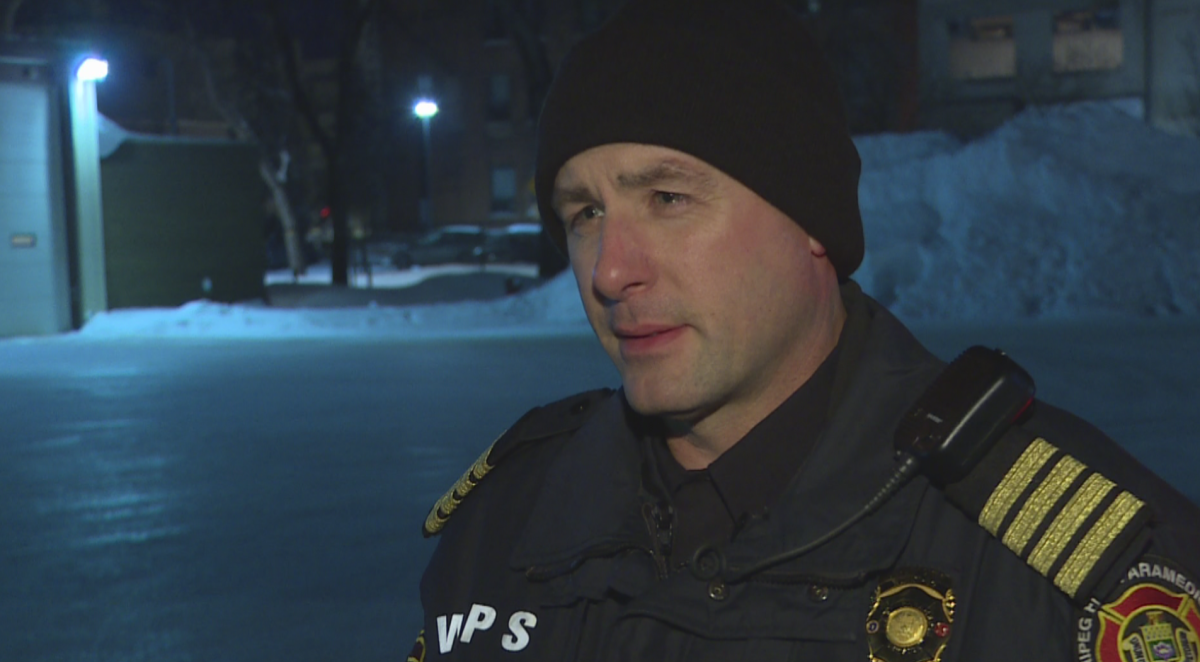
This is the fourth a four-part series on alcohol and the dark side of the impact it has on Manitoba communities. Tune in to 680 CJOB and watch Global News Winnipeg for more.
Winnipeg has been feeling the effects of the meth crisis for more than a year, but despite the attention the highly addictive drug is receiving, it’s not actually the city’s biggest substance problem.
The calls for alcohol-related incidents dwarf those for methamphetamine and other drugs.
Based on Winnipeg Fire Paramedic Service data, there were an average of about 12 calls per day related to alcohol in 2014.
In 2017, that figure increased to an average of 17.5 calls a day where alcohol was a factor. Even in 2018, alcohol calls outnumbered those for meth by more than five times.
Depending on the call, there are a minimum of two first responders — and often upwards of four — attending to a single person under the influence, meaning they might not be available to immediately handle other emergencies.
680 CJOB and Global News went on a ride-along with Winnipeg Fire Paramedics in February to get a sense of the impact that alcohol has on the system.
The first call
The first call came in around 6 p.m. on a Friday night, from a person concerned about a woman who had been sitting in a snowbank for quite some time.
“We have witness reports saying this woman was outside for approximately an hour and our crews saw evidence of alcohol use,” Assistant Fire Chief Jay Shaw said.
“It’s cold out, this person wasn’t dressed appropriately and they’d been laying in the snowbank for an elongated period of time.”
A squad van — a big red van with two people inside, at least one of whom is a fire paramedic — responded to the call.
The woman who phoned 911 directed paramedics to the back yard of the home in the Centennial neighbourhood.
When an ambulance showed up several minutes later, the woman was safely whisked to hospital.
According to Chief Shaw, she could have died if paramedics hadn’t showed up.
“Alcohol can mask the symptoms of hypothermia,” he said.
“Here’s an example where alcohol is a contributing factor to the possibility and the risk of somebody losing their life because it’s so cold out.”
It took four people to make sure the woman was okay. But sometimes, they have to call even more backup.
The second call
A few hours later, there’s a call at Sargent and Maryland for a report of an intoxicated man on the bus.
For a case like that, fire paramedics often have to call for backup from police. When they encounter someone who needs help and the person refuses, paramedics can’t apprehend them — even if it is for their own safety.
“One of our fire paramedics has tried to do an assessment, this patient has refused — probably due to the intoxication — but there are potentially some other injuries there,” Shaw said.
“Due to the fact that the patient’s refusing, for our own safety, we’ve called the Winnipeg Police service to come assist with the call.”
But not all alcohol-related calls result in hospitalization.
Sometimes, the person will end up in spending the night sobering up at the Main Street Project.
The third call
That night, paramedics were called to a bar on North Main for a report of a woman who wouldn’t leave the establishment.
According to witnesses, she was clearly unable to care for herself and seemed very intoxicated.
“The fire paramedic just did a medical assessment, contacted police, police sent down one of their cadet units,” Deputy Fire Chief Christian Schmidt said. “They’re going to try to make contact with her home to try to get in touch with family.”
If the family doesn’t pick up, that’s when the person is sent to the drunk tank.
That call required a squad van and a cadet unit — a minimum of four people.
911 operators agree
On the communications side, 911 operators agree that while there has been a rise in other drugs like meth and fentanyl, alcohol-related calls have increased as well.
According to communications operator Ben Linnick, the phone rings more than three times as often for alcohol-related calls versus cases involving any other kind of drug.
“Alcohol has been somewhat of a consistent factor through those two illicit drug epidemics,” he said.
“It is sad to see that these problems are so prevalent in our community.”












Comments